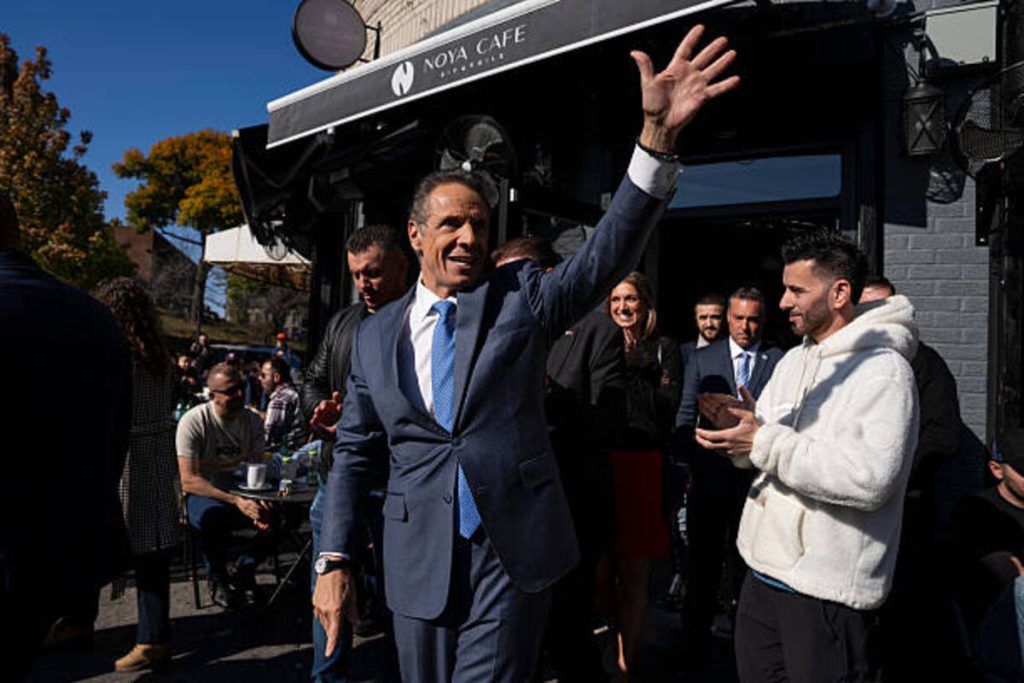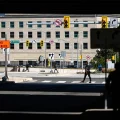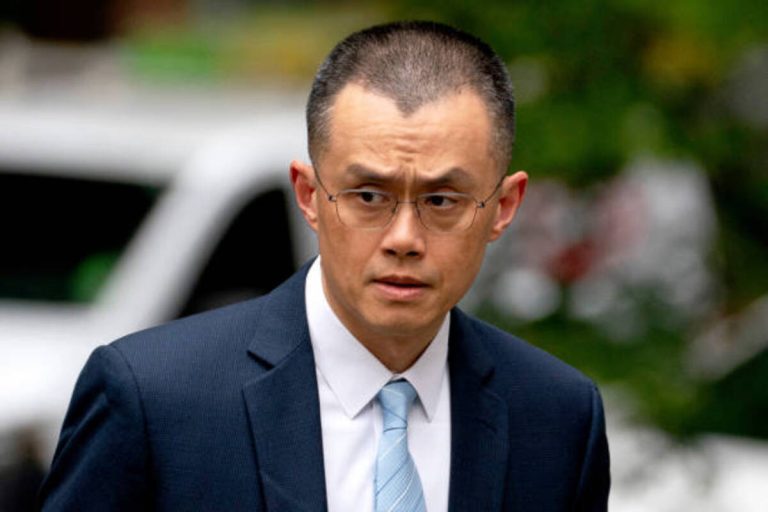
New York City early-voting line on Oct. 25, 2025. Christian Monterrosa/Bloomberg via Getty Images
NEW YORK, November 2 (Epicstorian News) – Early voting in New York City for the forthcoming mayoral election on Nov. 4 has surged to levels not seen in recent history.
Election officials say participation in early ballots across the five boroughs is dramatically higher than comparable periods in previous mayoral contests.
According to data compiled by the city’s Board of Elections, the first weekend of early voting produced totals roughly five times higher than the same timeframe in 2021.
Record Turnout in Early Voting
Voting sites registered 165,190 check-ins in the initial two days of early voting, compared with just 31,176 at the same stage in 2021, according to the Board of Elections.
The data shows participation across Manhattan, Brooklyn, Queens, the Bronx and Staten Island with nearly equal representation in Manhattan and Brooklyn.
Officials assert that expanded polling hours and increased accessibility contributed significantly to the turnout jump.
“Nearly 165,000 voters have already cast their ballots at 156 sites this weekend,” said the deputy executive director of the Board of Elections, adding that the volume is unprecedented.
Demographic Trends Fuel Early-Vote Surge
Analysis of the early-voting data indicates that voters aged 55 and older are driving a substantial portion of the turnout.
One study found that voters 55 and older make up slightly more than 51 % of early ballots, with the largest cohort in the 65-74 age range.
Observers note that the strong turnout among older residents may reflect heightened concern over city-wide issues such as affordability, public safety and housing policy.
Nevertheless, younger voters continue to engage early—data show that early votes in the younger age brackets are above previous cycles.
Political Stakes in Nov. 4 Mayoral Election Elevated by Early Voting Momentum
The mayoral race, which has drawn national attention, pits the front-running Democrat against an independent campaign by a former governor and a third-party candidacy.
Polling shows the Democratic nominee leading, though the early-voting surge and older-voter turnout are shifting the dynamics.
The former governor said at a recent rally: “They have never seen this volume of turnout, which is great … the polls have no idea what they’re talking about.”
Political strategists suggest that the turnout pattern may favour moderate candidates who appeal to older voters, even as younger voters remain energized in progressive-leaning districts.
Logistical and Strategic Implications for Nov. 4 Mayoral Election
The high early turnout is prompting campaigns to adjust resources, with mobilization efforts shifting to monitor in-person voter flows on election day.
Election officials say the turnout surge places pressure on poll staffing, site management and ballot processing ahead of Nov. 4.
They indicate that the rapid early-vote push could lead to unusually high overall participation in the city’s next mayoral contest.
Analysts stress that early-voting figures alone do not guarantee outcomes in the Nov. 4 Mayoral Election, but the trend marks a sharp departure from previous cycles of relative apathy.
With early voting climbing to historic levels, the Nov. 4 Mayoral Election in New York City may become one of the most closely watched and highly participated in modern city history.
The combination of accessible early voting, a high-stakes race and demographic shifts is reshaping expectations.
Related: US airstrikes kill 14 suspected drug traffickers, Mexico leads rescue of lone survivor
Whatever the final result, the elevated engagement may influence how future city elections are conducted and how campaigns mobilize voters.




